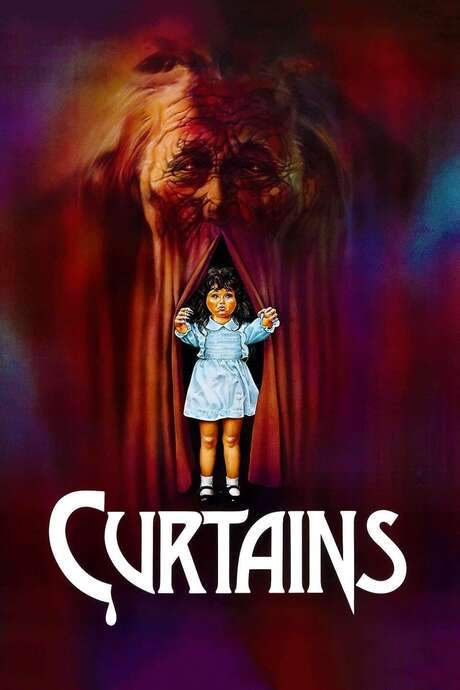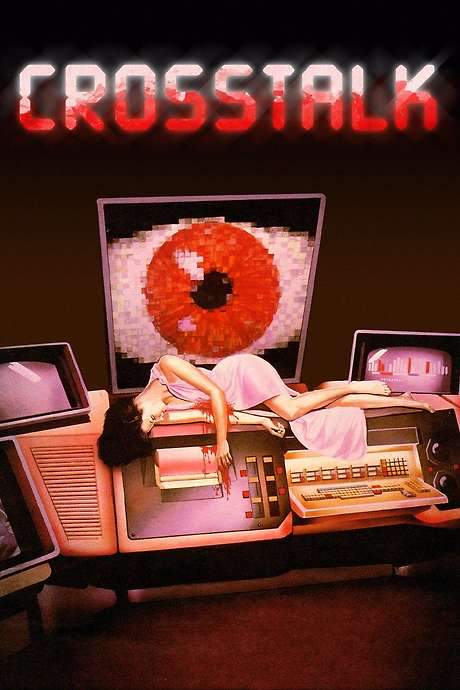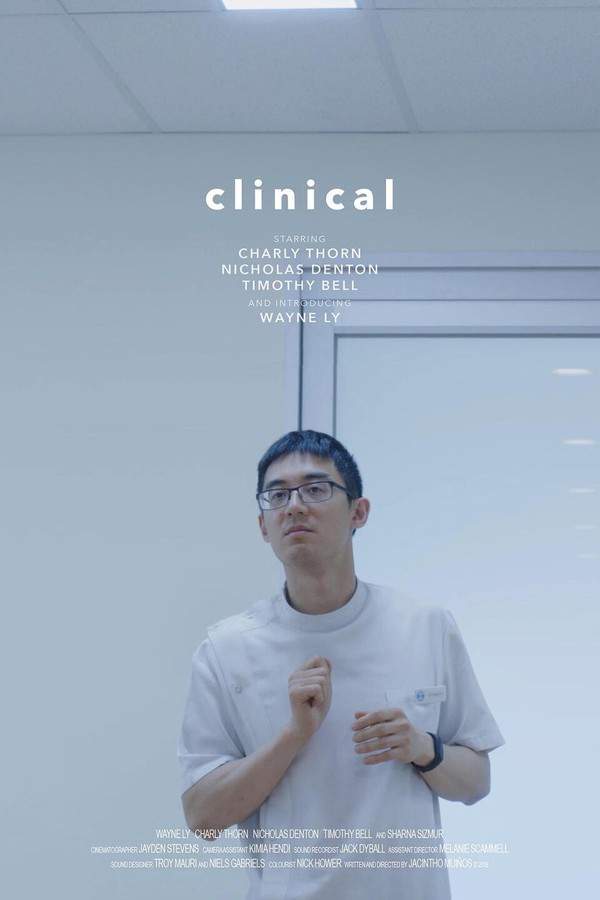
The Couch
Year: 1962
Runtime: 100 mins
Language: English
Director: Owen Crump
A daring plunge into the psyche of a killer, the film follows a charismatic psychopath who, between therapy sessions with his paternal‑like analyst, repeatedly contacts the police to warn them before he murders. The unsettling interplay creates a tense, psychological cat‑and‑mouse that probes the darkness of the human mind.
Warning: spoilers below!
Haven’t seen The Couch yet? This summary contains major spoilers. Bookmark the page, watch the movie, and come back for the full breakdown. If you're ready, scroll on and relive the story!
The Couch (1962) – Full Plot Summary & Ending Explained
Read the complete plot breakdown of The Couch (1962), including all key story events, major twists, and the ending explained in detail. Discover what really happened—and what it all means.
Charles Campbell, Grant Williams, is a young man recently released on parole after a two-year prison term for rape, bound to daily psychiatric treatment with Dr. W.L. Janz, M.D. Onslow Stevens. He phones the police to announce that a murder will be committed at seven o’clock. At 7:00 p.m., he stabs a stranger on the streets with an icepick, then reports to his daily session with the doctor. When he meets the receptionist Terry, Shirley Knight cannot confirm the exact time because her watch is missing. Charles quietly returns the icepick to the bar in the doctor’s office, concealing his crime as he prepares for the next step in his disturbing pattern.
Beyond being a patient, Charles sustains a secret relationship with Terry Ames, Shirley Knight, who is also Dr. Janz’s niece. Their romance flourishes in the shadows, even as rules against fraternization between patient and staff loom over them. On a quiet walk, Charles explains that he has tied his parole to ongoing treatment with Dr. Janz, who is a paternal, controlling figure in his life. He reveals a deeper guilt: he was at the wheel during the car accident that killed his sister Ruthie, an event that haunts him and fuels his apparent compulsion to control the moments around death.
Days after the first murder, Charles repeats the act in the same chilling fashion, again broadcasting the planned time to the authorities. What seems like a calculated rhythm is actually a web of lies he constructs to buy time and mislead investigators. He has even stolen Terry’s watch, using it to misinform her about the actual time, and he misleads Janz about how long he was in the waiting room after the second murder to manufacture alibis. The list of misdirections grows as Charles tightens his grip on Terry’s trust and on the illusion that he is in control of his fate.
In a revealing moment, during another session, Charles speaks about his deceased mother and a desire to kill his father. Dr. Janz, probing with clinical steadiness, confronts a brutal denial: in Charles’s mind, his father is alive and Ruthie is dead. In reality, the father is already gone, and Ruthie is not dead to him emotionally; she remains alive in memory, though the bond has withered due to marriage, relocation, and a sense of emotional distance that Charles cannot tolerate. The doctor’s questions force Charles to face a painful truth about the people who shaped him and the dangerous distortions that fuel his violence.
Charles’s next victim, however, shifts from anonymous stranger to the man who embodies authority: Dr. Janz himself. After stabbing the doctor in a crowded passageway at a football stadium, Charles heads to the recovery room to confront Terry. She had believed that Janz hinted he could discontinue treatment, and she thinks their future together is possible now that a large inheritance supposedly frees him to act. The couple’s plan to marry seems plausible only to Terry, who is eager to believe in a life free of institutional control.
As the investigation closes in, a crucial clue surfaces: a handbill found in Terry’s car ties it to the area near where Janz was stabbed. Since Terry had lent her car to Charles, the authorities have a strong hint about his involvement in the earlier killings. Charles, determined to strike a final blow, disguises himself with an operating gown and mask from a supply room, attempting to slip into the recovery area unrecognized. He makes one last attempt to kill Janz on the operating table, but his plan unravels in the tense moment.
The truth comes to light as the police close in, and Terry witnesses the moment Charles’s delusions crack under the weight of evidence. He is finally apprehended in her presence, exposing the brutal reality of a man who weaponized therapy, romance, and manipulation to mask a compulsion toward murder. The sequence of events — the early warning calls, the staged alibis, the calculated misdirections — reveals a chilling portrait of a killer who treats control as a pathology rather than a choice, and who confuses love with ownership in a dangerous, self-destructive arithmetic.
In the end, the film lingers on the unsettling dynamic between a patient and his doctor, a caretaker and a killer, and a man who mistakes fear for power. The capture brings a stark moral clarity: the violence that began as a calculated performance escalates into a confession of psychological ruin, leaving Terry to confront the truth about the man she cared for and the danger he posed to everyone around him.
Last Updated: October 05, 2025 at 11:59
Unlock the Full Story of The Couch
Don't stop at just watching — explore The Couch in full detail. From the complete plot summary and scene-by-scene timeline to character breakdowns, thematic analysis, and a deep dive into the ending — every page helps you truly understand what The Couch is all about. Plus, discover what's next after the movie.
The Couch Timeline
Track the full timeline of The Couch with every major event arranged chronologically. Perfect for decoding non-linear storytelling, flashbacks, or parallel narratives with a clear scene-by-scene breakdown.

Similar Movies to The Couch
Discover movies like The Couch that share similar genres, themes, and storytelling elements. Whether you’re drawn to the atmosphere, character arcs, or plot structure, these curated recommendations will help you explore more films you’ll love.
Explore More About Movie The Couch
The Couch (1962) Scene-by-Scene Movie Timeline
The Couch (1962) Movie Characters, Themes & Settings
The Couch (1962) Spoiler-Free Summary & Key Flow
Movies Like The Couch – Similar Titles You’ll Enjoy
The Couch Trip (1988) Plot Summary & Ending Explained
The Killing Floor (2007) Ending Explained & Film Insights
A Killer in the House (2024) Complete Plot Breakdown
Killer Sofa (2019) Full Summary & Key Details
My Sweet Killer (1999) Detailed Story Recap
The Patient (1000) Movie Recap & Themes
The Psycho Lover (1970) Plot Summary & Ending Explained
Curtains (1983) Story Summary & Characters
The Haunted House of Horror (1969) Complete Plot Breakdown
Psycho Ward (2007) Story Summary & Characters
The Psychopath (1966) Movie Recap & Themes
Scissors (1991) Story Summary & Characters
Crosstalk (1982) Ending Explained & Film Insights
Clinical (2017) Movie Recap & Themes
Hollywood Kills (2006) Full Movie Breakdown

















